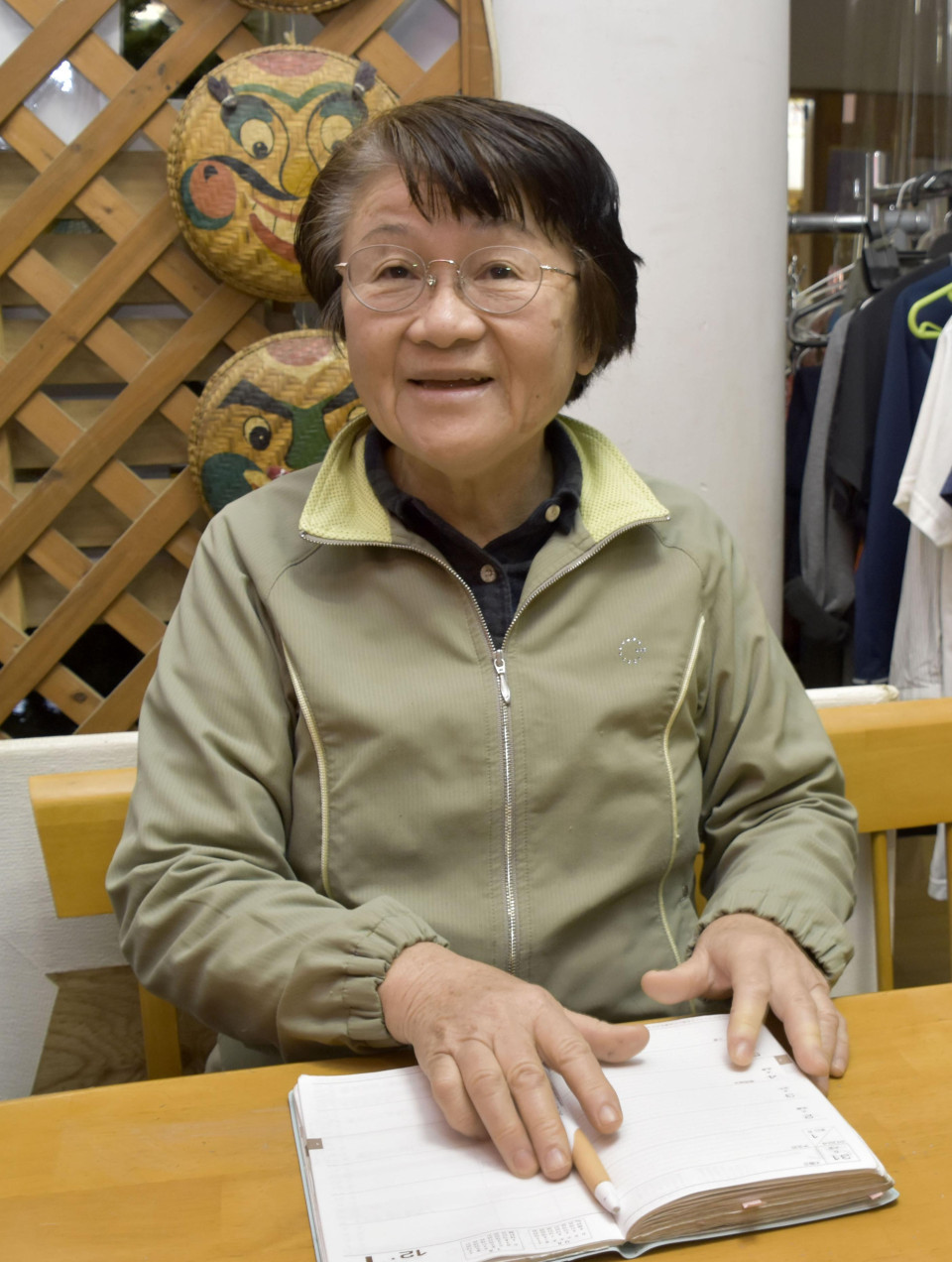A nursery located in a part of the western metropolis of Osaka that is known for its diverse ethnic mix offers a window into what Japan could be if it continues to look for overseas solutions to its demographic challenges.
In the city's Ikuno Ward, where a fifth of the residents are non-Japanese, around half the preschoolers at the Ikunokomorebi Hoikuen are Vietnamese nationals or have roots in the Southeast Asian country. Most came to Japan with migrant parents and struggle to speak Japanese.

This is why Keiko Tsujimoto, the 72-year-old nursery head, is emphasizing Japanese language education in her preschool curriculum to get her students ready for primary school. But she fears without government support to accommodate kids like those under her, they might be left behind.
"If they continue on in this way to elementary, they won't be able to adapt and will drop out of school," Tsujimoto said in a recent interview with Kyodo News.
Every Monday morning, there is a 30-minute Japanese study period open to preschoolers who struggle to communicate in the language. Roughly 10 participate each week, practicing basic phonetics for words that make up the Japanese hiragana and katakana syllabaries as well as other parts of the language.
A girls' changing room lined with desks and chairs is the makeshift classroom for this hastily arranged program that began in spring 2023. The kids use teaching aids, such as handwritten picture cards including Vietnamese words to help them along.
"Every day we grasp for answers," said Daisuke Hironaka, 29, the deputy head of the nursery and a Japanese language teacher.

On one day, the school lunch is pho, a popular Vietnamese noodle dish. The class of 5-year-olds of various nationalities, including Japanese, Vietnamese and Chinese, sit at a table as they eat and talk in a lively manner in the Kansai dialect, characterized by its melodic but rough sounds compared with standard Japanese.
"It's Vietnamese udon!" exclaims one child. "I ate this before at home," chimes in another. "I hate vegetables!" another adds.

About three years ago, there was a sudden surge in the number of children of Vietnamese descent attending the school.
Ikuno Ward has many small factories and warehouses, and with relatively affordable rents and prices, many Vietnamese migrants are drawn to the area. There is also a Japanese language school for foreign students.
Of the 98 preschoolers at the nursery, nearly half are Vietnamese, while there are also Chinese and Korean children.
Due to cultural differences and other factors, some of the children still continue to nurse even at age three and older. Because their parents speak to them in their native language, the children's understanding of Japanese tends to be delayed. A particular challenge is faced by 5- and 6-year-olds who are about to enter grade school.

Tsujimoto said that many have a problem keeping up from the very first day of Japanese elementary school and develop a complex about learning, leading to delinquent behavior.
In the spring of 2023, the nursery hired 23-year-old Trinh Thi Huyen Trang, a former student from Vietnam who graduated from a Japanese language school affiliate of the preschool, as a childcare assistant.
In addition to childcare and language interpretation, Trang is an indispensable presence, acting as a liaison between the parents and nursery staff, providing parents with information on the progress of their children and other necessary correspondence.
"The most troubling thing is when children get sick. My next step is to become a certified childcare worker," she said.
In Ikuno Ward, along with the long-standing Korean community, the number of Indonesian, Burmese, Nepalese and others has grown significantly.
Tsujimoto believes it is only natural for Japan to have a responsibility to better accommodate its burgeoning foreign communities as they provide a much-needed workforce that helps the nation overcome its now inescapable labor shortage.
"Nowadays, Japanese people's lives would not be possible without foreign workers in agriculture, manufacturing and other industries," she said. "We hope that society will accept them and their children as permanent residents, and that the national government and administration will provide support for them."
Related coverage:
FEATURE: Village revisiting craze of phantom creature for local promotion
FEATURE: Tree that saved lives from 2011 tsunami feted through storytelling
FEATURE:Municipalities help local firms beat big rivals to Asia's IT talent
 By Takayuki Kojima,
By Takayuki Kojima,









